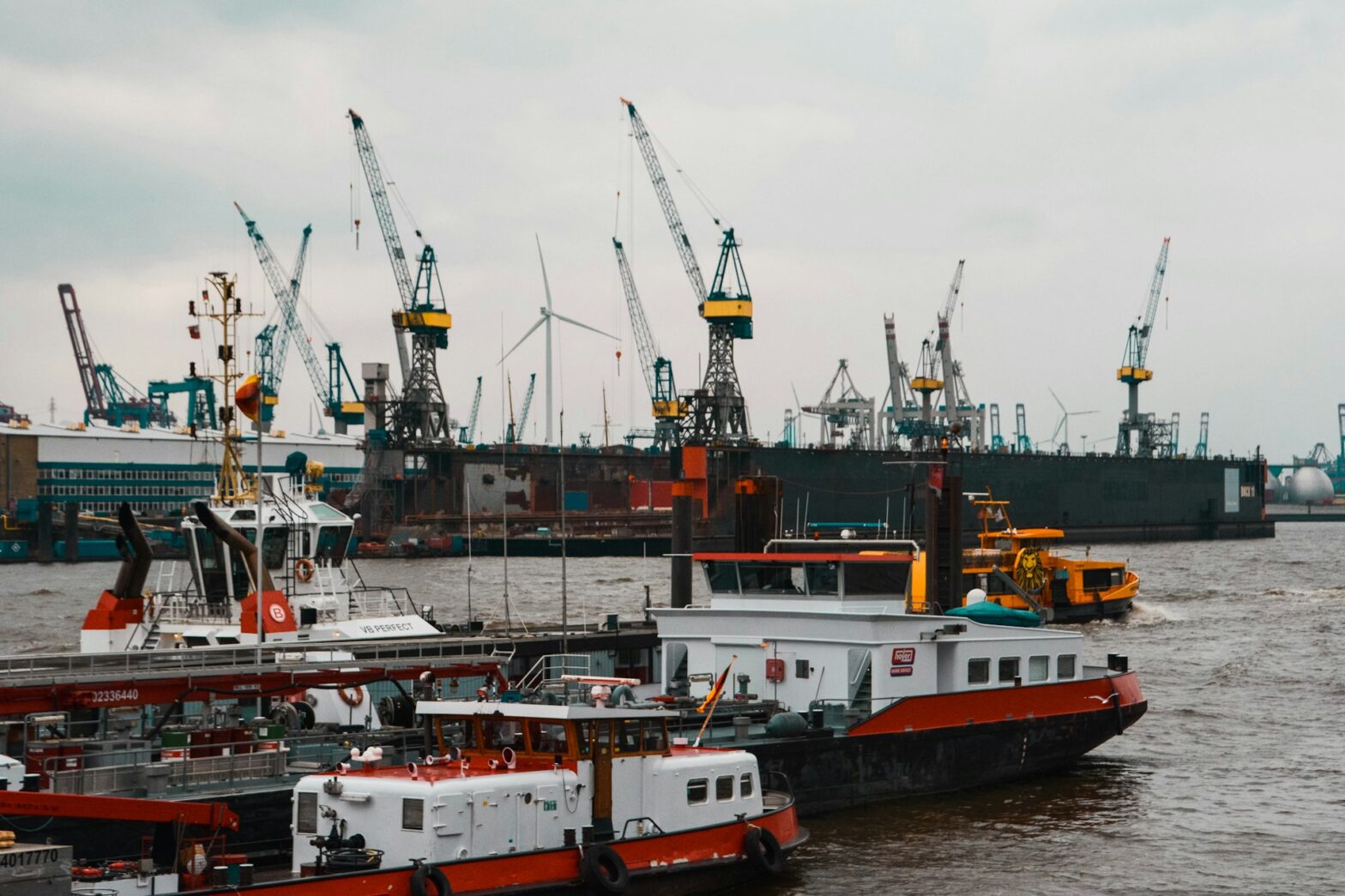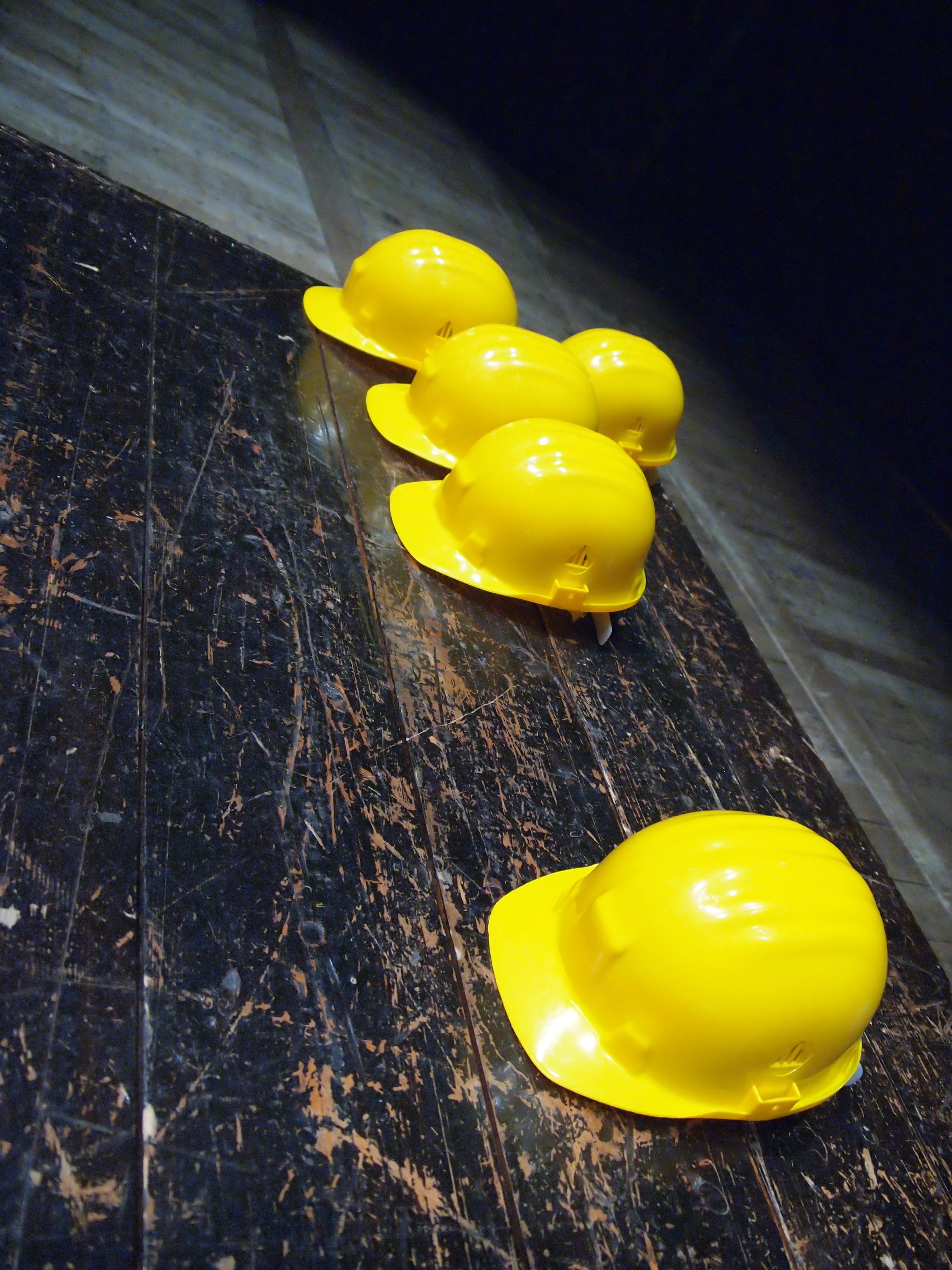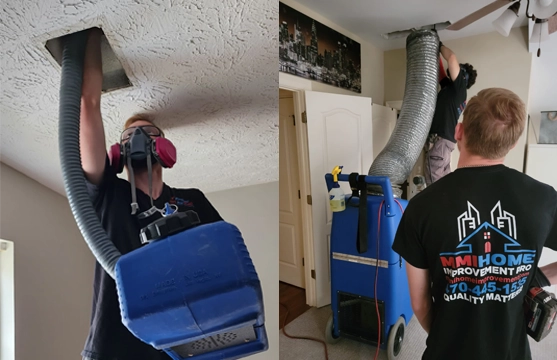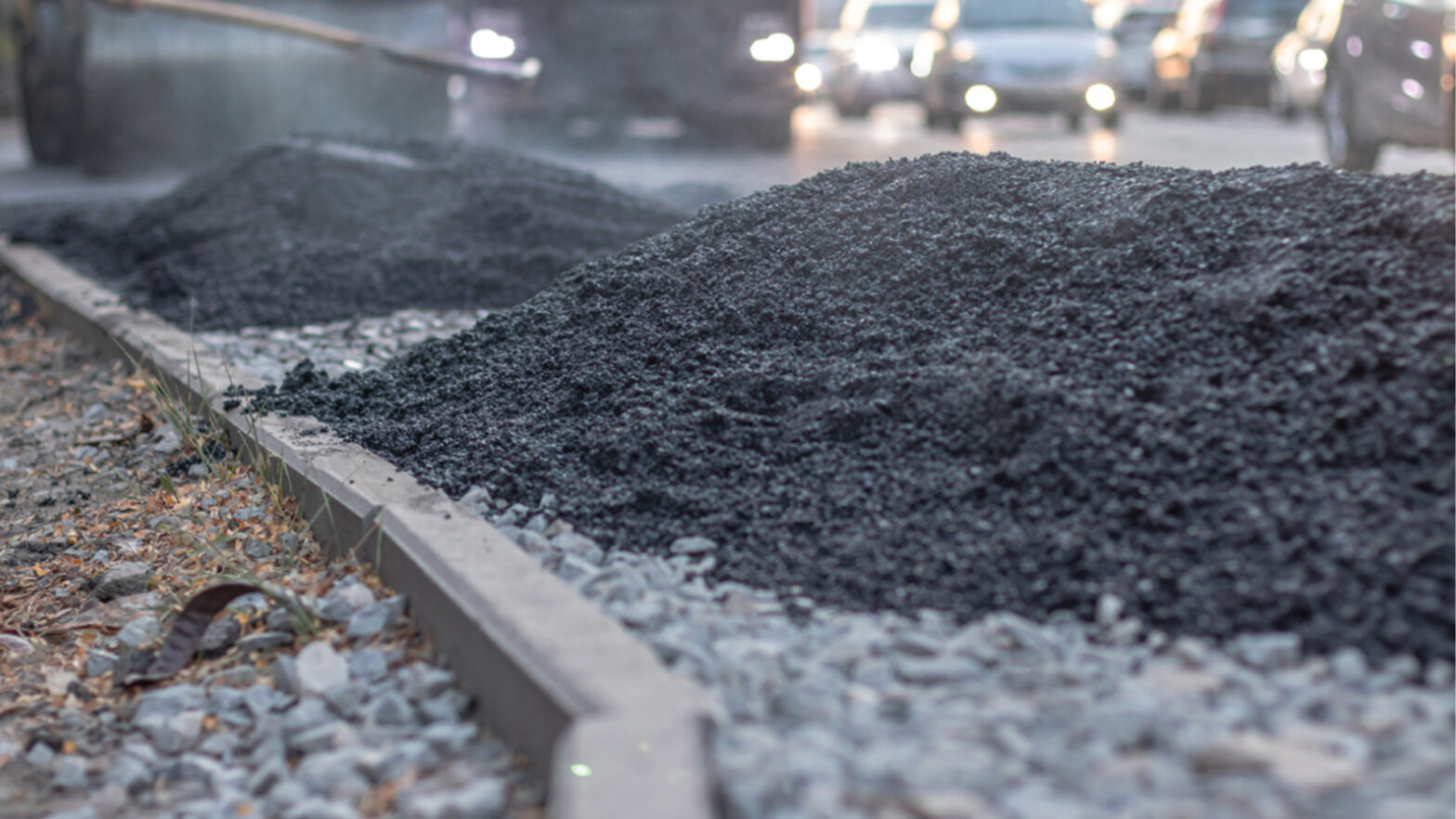Marine construction is a sector that comes with its own set of unique challenges, particularly when it comes to staffing. Whether it’s constructing bridges, building ports, or installing underwater pipelines, the industry demands a highly skilled and adaptable workforce. However, finding and maintaining a capable team for marine construction projects is far from simple. In this article, we’ll explore the key staffing challenges in marine construction and offer practical insights on how to overcome them.
Understanding the Specialised Staffing Needs of Marine Construction
The first step in addressing staffing challenges is understanding the specific roles required in marine construction projects. Unlike traditional construction, the nature of marine projects requires workers with specialised skills. These include divers, marine engineers, crane operators, and skilled laborers who can manage both land-based and water-based tasks.
The skills required in these roles are highly specific and often require advanced training and certifications. As the demand for marine infrastructure grows, so too does the need for workers who are equipped to handle the complexities and hazards of working in marine environments.
Managing Seasonal Fluctuations in Staffing
Marine construction projects are often subject to seasonal variations, with weather conditions and geographical locations influencing project timelines. For instance, offshore drilling and certain types of maritime infrastructure work may be feasible only during specific seasons, leading to fluctuations in staffing needs.
To manage this, many companies turn to temporary staffing solutions or contract workers. This approach allows firms to quickly scale up their workforce during peak times and scale down when demand decreases. However, this requires careful planning and coordination to ensure that projects remain adequately staffed while avoiding unnecessary overhead costs during off-peak periods.
Overcoming the Challenge of Finding Skilled Workers
One of the most pressing challenges in marine construction is the scarcity of skilled workers. The specialised nature of the work makes it difficult to find candidates with the right qualifications and experience. Many marine construction jobs require certifications that may not be as common in other areas of construction.
Moreover, marine construction projects often take place in remote or harsh environments, which can be a deterrent for potential employees. As a result, companies must be proactive in their recruitment efforts and look for innovative solutions to attract and retain talent. This could include offering competitive salaries, providing extensive training programs, or utilising recruitment agencies that specialise in marine construction roles.
Staffing for Marine Construction: Prioritising Safety and Compliance
In the marine construction industry, safety is of paramount importance. Workers must be equipped to handle hazardous conditions, whether it’s operating heavy machinery, navigating through rough seas, or dealing with extreme weather. Safety protocols and compliance with local and international regulations are critical to ensuring the safety of the workforce and the success of the project.
When it comes to staffing for marine construction, companies must ensure that employees are not only qualified but also thoroughly trained in safety and compliance measures. This includes certification in safety procedures, emergency response training, and adherence to environmental standards. By prioritising safety, companies can reduce risks and prevent accidents on site, ultimately improving both productivity and worker satisfaction.
Leveraging Technology to Optimise Staffing
In today’s fast-paced construction landscape, technology plays a vital role in improving the efficiency of staffing processes. Tools such as recruitment platforms, project management software, and workforce scheduling systems can help streamline operations and ensure that companies are always equipped with the right personnel.
Technology also enables companies to track worker certifications and qualifications more effectively, ensuring that only qualified individuals are hired for specific tasks. For larger companies, digital tools can also assist with logistics, helping manage travel arrangements and remote working conditions, which are common in marine construction.
Building a Sustainable Workforce for Long-Term Success
To address the ongoing staffing challenges, marine construction companies must invest in building a sustainable workforce. This involves not only attracting skilled workers but also retaining them by offering opportunities for career growth and development.
Companies should consider implementing comprehensive training programs to upskill their workforce and ensure that they stay ahead of industry developments. Furthermore, fostering a work culture that prioritises safety, inclusion, and long-term career progression can help increase employee retention and reduce turnover rates.
By focusing on workforce development, companies can create a pool of skilled professionals who are ready to take on the challenges of the evolving marine construction industry.
Conclusion
Staffing in marine construction is a multifaceted challenge that requires a strategic approach. Understanding the specialised skill sets needed, addressing seasonal fluctuations, and focusing on safety and compliance are all essential components of a successful staffing strategy. Moreover, leveraging technology and building a sustainable workforce are key to long-term success in the industry.
By staying proactive and adopting effective staffing solutions, marine construction companies can ensure they have the right talent to meet project demands while maintaining high standards of safety and efficiency.


































